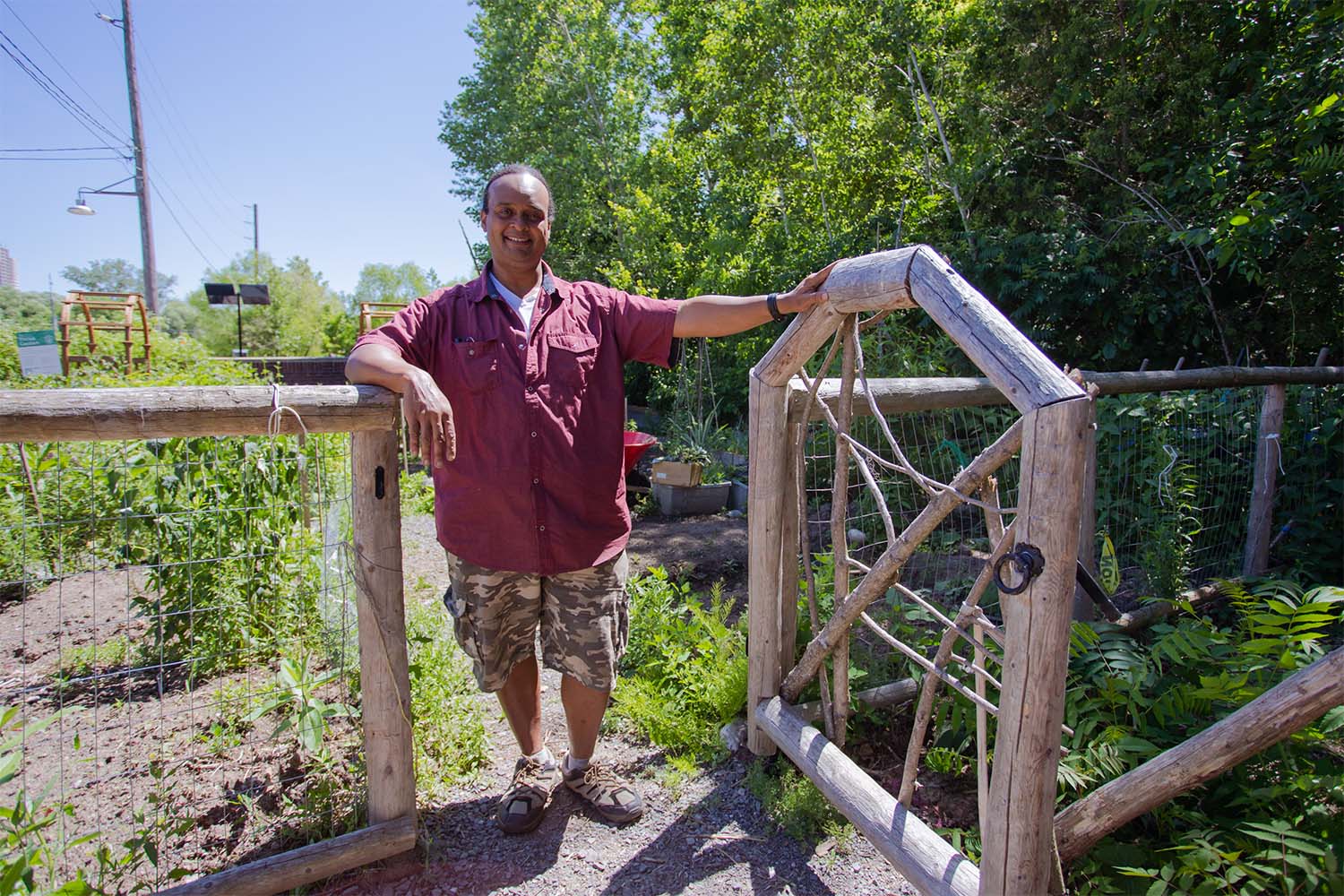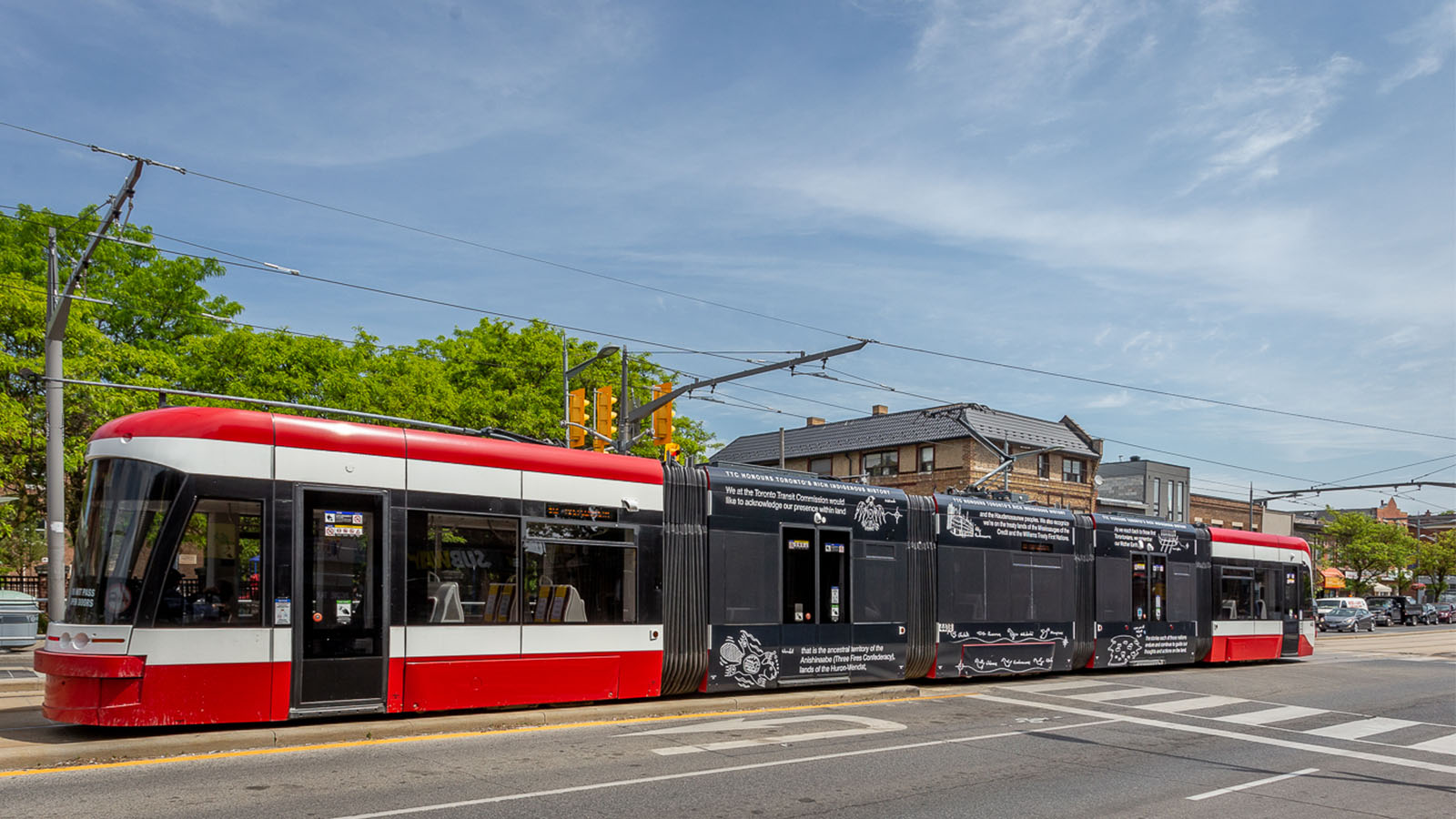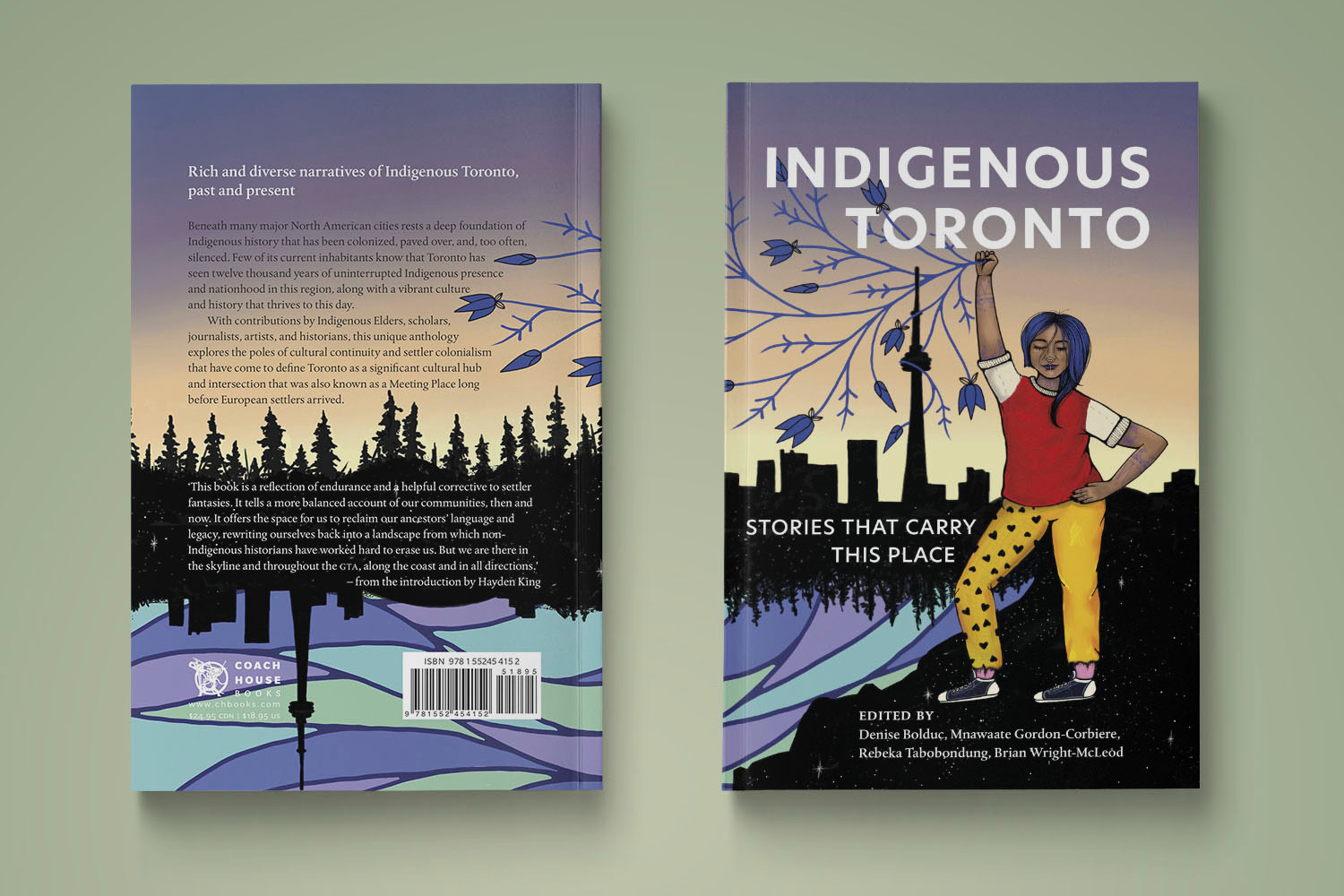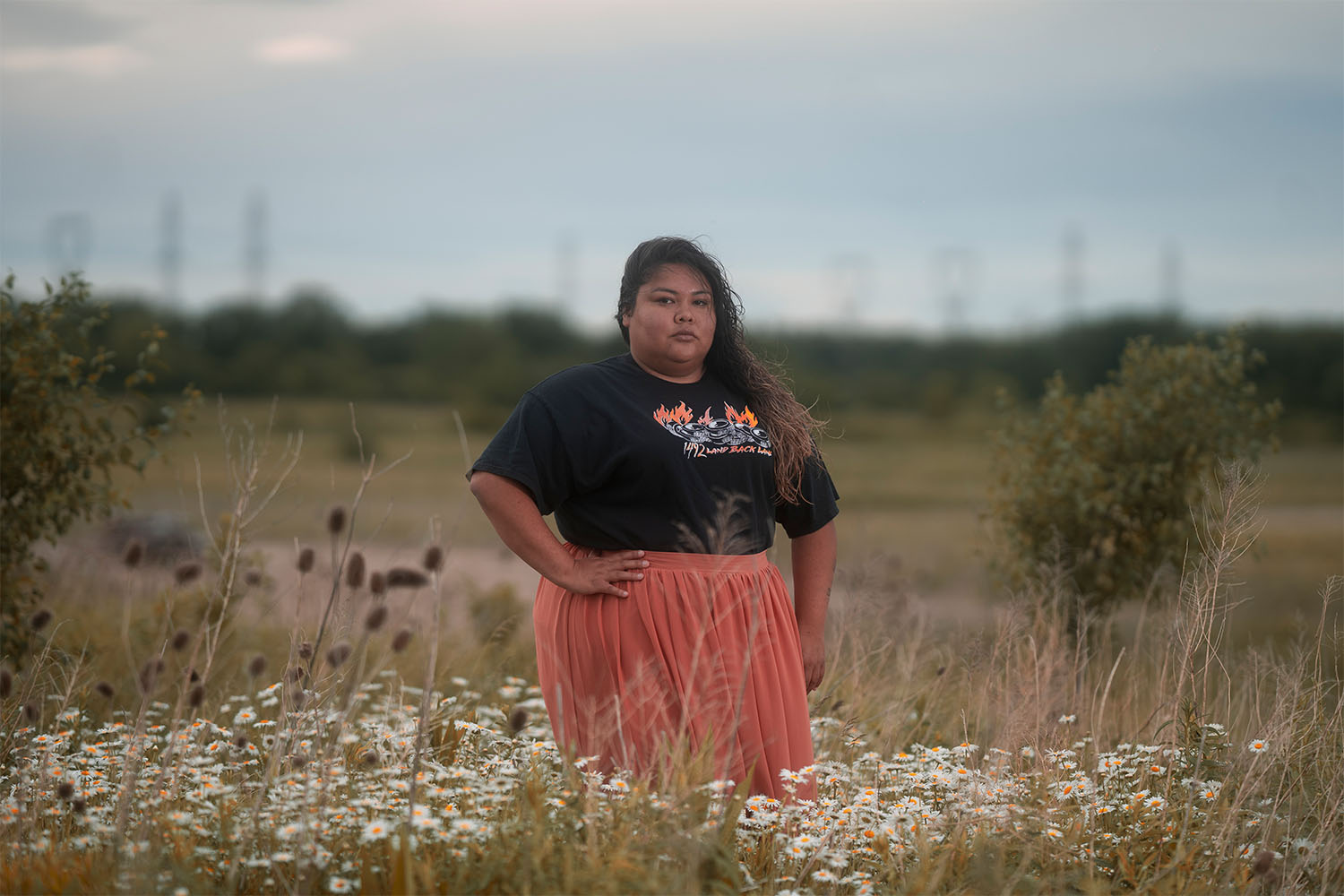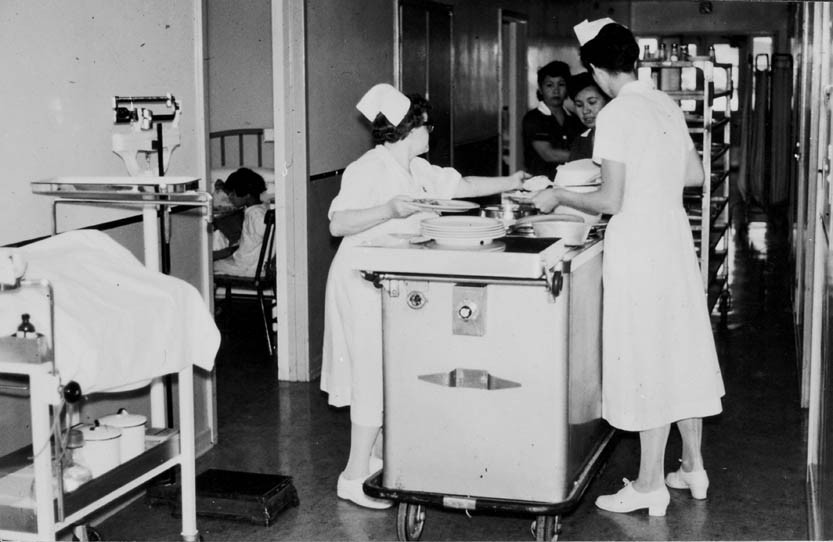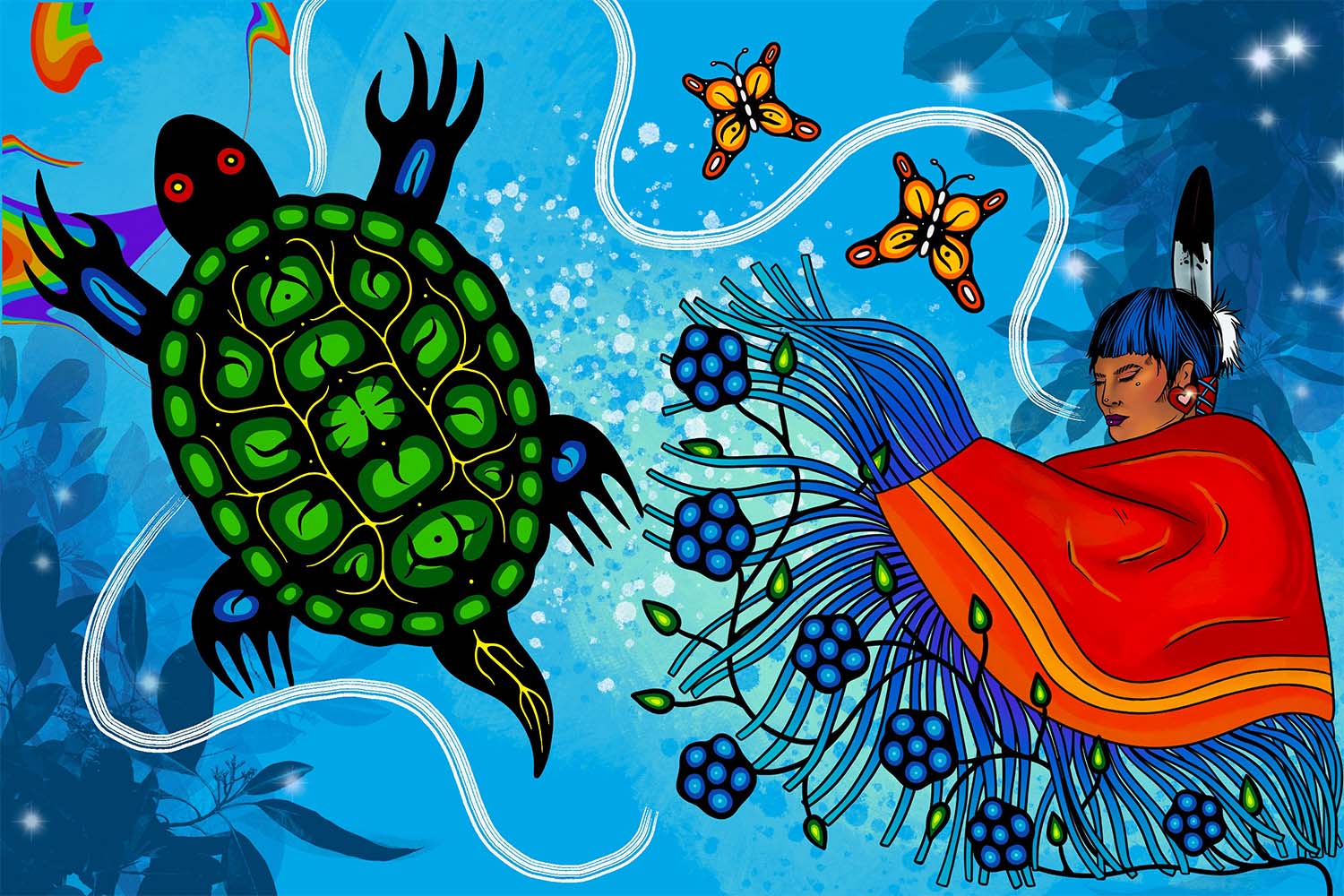
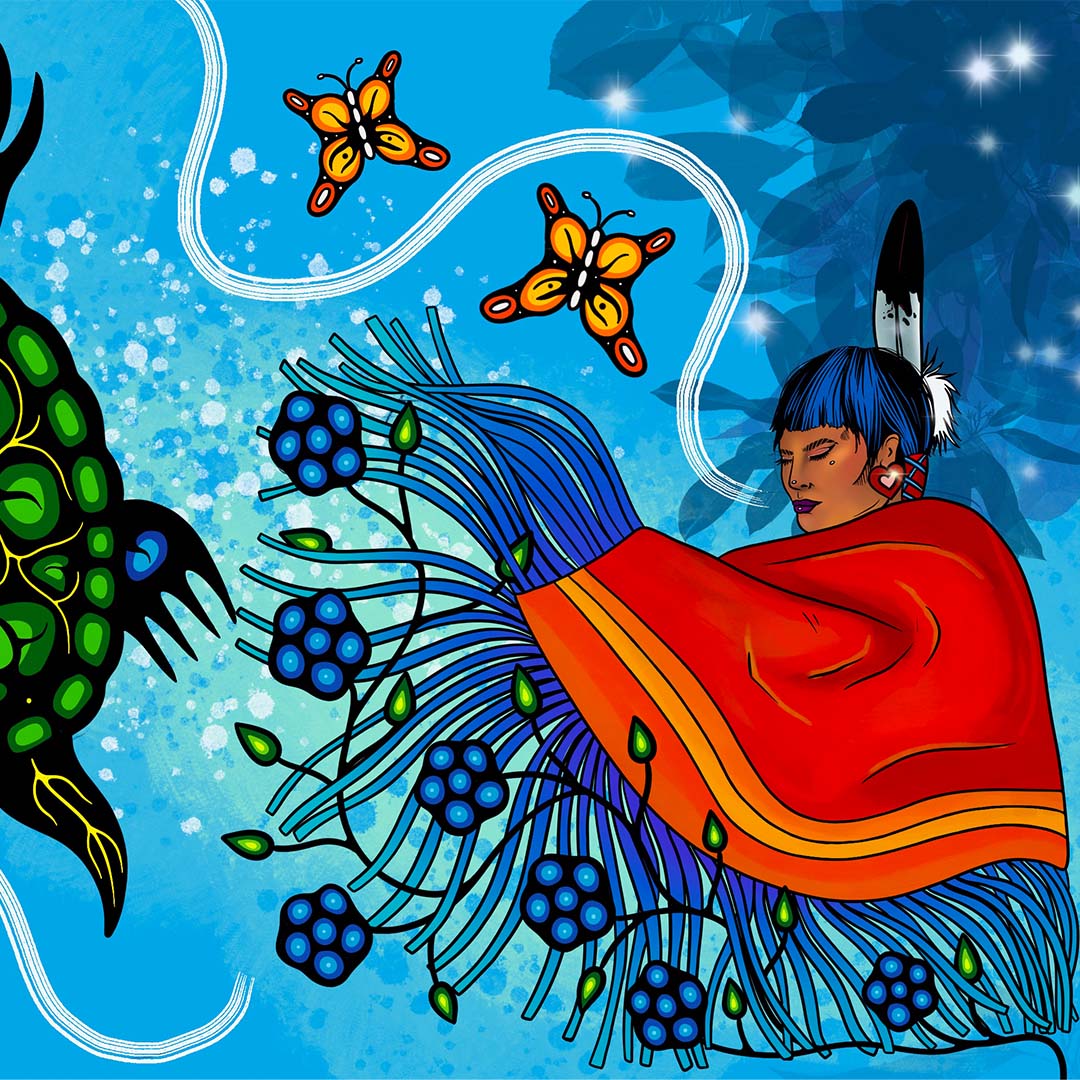
Warning: This story mentions abuse and Indian residential schools. If this story is triggering, you can call the National Indian Residential School Crisis Line at 1-866 925-4419.
For this Indigenous focused issue—with an all-Indigenous roster of incredible writers, photographers, and artists—I was hoping that we could create something that was grounded in what the Indigenous experience is like today, without the need to tap into the trauma that so often accompanies stories about us.
Unfortunately, the discovery of 215 Indigenous children’s bodies last month on the grounds of the former Kamloops Indian Residential School in a mass unmarked grave has cast a shadow over Turtle Island.
Even though that grisly discovery occurred half way across the country, the vigils reached Nathan Phillip Square and Dufferin Grove Park, marches took place on Queen’s Park, and children’s shoes and moccasins lined memorials. The Canadian flag hung at half-mast at City Hall and outside the OVO Athletic Centre, and a moment of reflection was held before the first period of the playoff game between the Montreal Canadiens and Toronto Maple Leafs.
I found a lot of parallels between residential schools and the Indian Hospitals in Martha Troian’s report in this issue. The story delves into the history of abuse and deprivation found within these segregated hospitals. (On a personal note, my dad and all of his siblings were born in one of the hospitals mentioned in her piece.) It also provides context for why Indigenous people distrust health care facilities today, and why part of the incredible work in this city done by Dr. Lisa Richardson, Women’s College Hospital, Dr. Suzanne Shoush, and Anishnawbe Health Toronto, includes understanding and assuaging those fears.
It is strange for many Indigenous people, myself included, to suddenly see most of Toronto and the country respond to the unearthed evidence of residential school brutalities. Many of us have grown up with residential school survivors in our families and communities, and some of these buildings still stand in locations nearby. We also know where they once stood.
As Courtney Skye writes in an essay we’ll publish later this week: “Through generations of resistance to displacement, we continue to live on the clay we are made of.”
And that’s what we’ll celebrate in this issue, too. We celebrate artwork, stories, our identities, and more.
There’s something universal about looking back at our history to understand our present, and this issue is no exception.
Kelly Boutsalis, a Toronto-based writer formerly of Six Nations, is the Guest Editor for the Indigenous Toronto Issue. This role was made possible through the generous support of the Ben and Hilda Katz Charitable Foundation.

